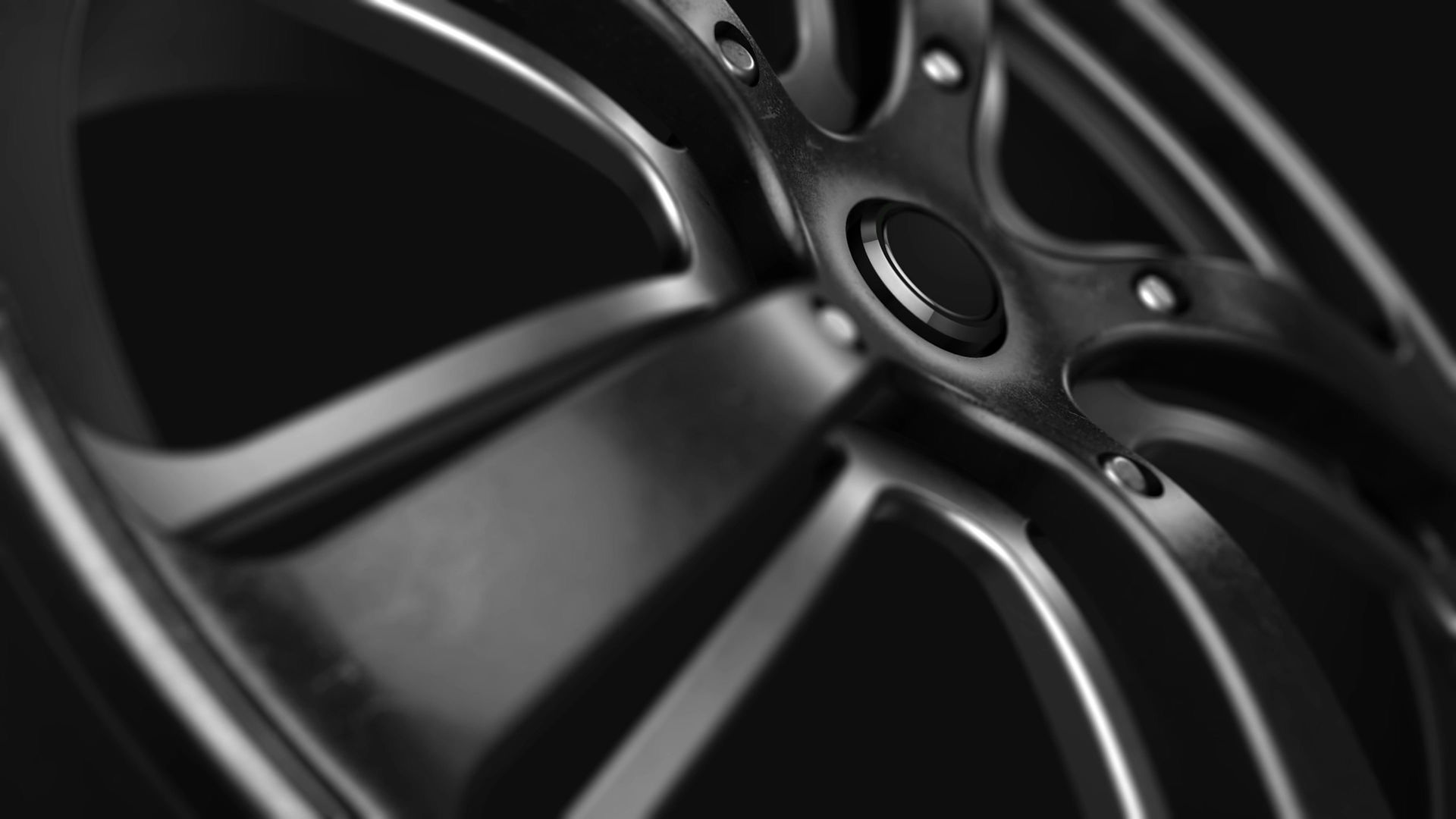How do I maintain my tire balancer?
- WENLI FENG

- Mar 23
- 3 min read
Maintaining the tire balancer is an important part of ensuring its long-term stable operation and measurement accuracy. Below are some key maintenance steps and precautions:
First, daily cleaning and maintenance
Overall Cleaning:
Regularly wipe the outer casing and internal visible parts of the balancer with a clean cloth to remove dust and oil. Avoid using chemical cleaners to prevent damage to the machine.
Keep the display clean and clear, wipe gently with a damp cloth, do not use detergents or solvents.
Rollers and support blocks:
The rollers and support blocks are the parts of the balancing machine that are in direct contact with the tires and are prone to adhering to iron filings, dust and other debris. These parts should be carefully cleaned before each use to ensure that their surfaces are clean and free of impurities.
Apply the proper amount of lubricant to the contact surfaces of the rollers and rotors periodically to minimize wear and protect the parts.
Sensors and Cables:
Check whether the sensor is installed tightly to prevent looseness from affecting the measurement accuracy.
Check whether the sensor cable connection is normal and whether the wire body is broken. If the cable is found to be broken or there are impurities attached to the sensor, it should be cleaned up or replaced in time.
Second, regular inspection and calibration
Transmission device inspection:
Check whether the belt disk and belt guide pulley are worn out, and whether the belt is skinned or cracked. If necessary, replace worn belts and pulleys in time.
Adjust the belt tightness to ensure that the belt stays in the center of the guide pulley during operation to avoid slippage.
Photoelectric head and reflective markings:
The photoelectric head is used to provide a speed signal and should be secured tightly and the probe should be kept clean and free of oil.
Reflective markers should use special cursor paper to ensure accurate measurement. Regularly check and adjust the distance between the photoelectric head and the cursor to keep it in the right place.
Bed and foundation check:
Be sure to check whether each locking device works properly before starting the machine. The surface of the bed should be regularly refueled, maintained and descaled to keep it neat and clean.
Regularly check whether the foundation and foot bolts are loose, if loose, need to be reinforced in time. Ensure that the foundation and all parts of the bed are tight and stable when the balancing machine is in use.
Calibration check:
The balancing machine should be calibrated periodically (usually recommended at least once a year) to ensure that the measurement accuracy meets the requirements of daily use. Long-term non-calibration may lead to untrue measurement data, affecting the balancing effect.
Third, the use of precautions
Familiarize yourself with the operation:
Before using the balancing machine, you should fully understand its working principle, safety code and operating procedures to ensure correct operation.
Personal protection:
Personal protective equipment such as protective glasses and noise-proof earplugs should be worn during operation, and clothing that may be involved in the rotating parts such as neckties and loose-fitting clothes should be avoided.
Work site:
Keep the work site neat and orderly, avoid piling up too many tools and materials to reduce safety hazards.
Abnormal handling:
If you find any abnormalities (such as high consumption, unstable speed, rising temperature or abnormal vibration, etc.) in the process of using the machine, you should stop the operation immediately and report to the relevant personnel for treatment.
In summary, the maintenance of tire balancer need to start from the daily cleaning and maintenance, regular inspection and calibration, as well as correct use and other aspects. Through scientific maintenance methods and strict operating procedures, you can extend the service life of the balancer and ensure its measurement accuracy and stability.





Comments